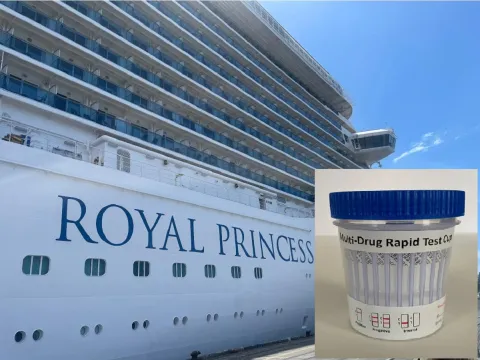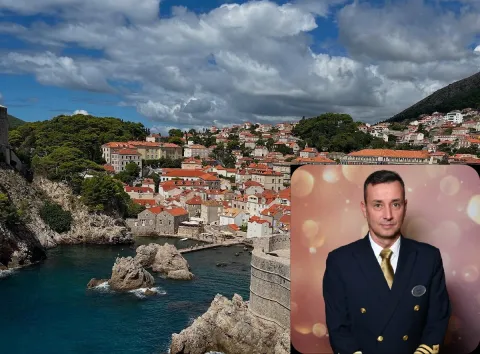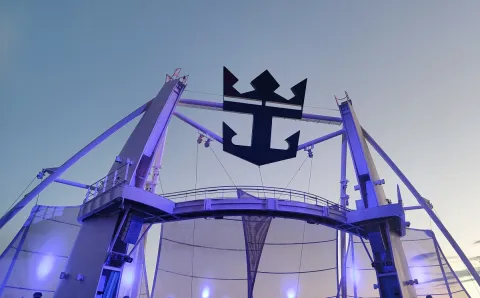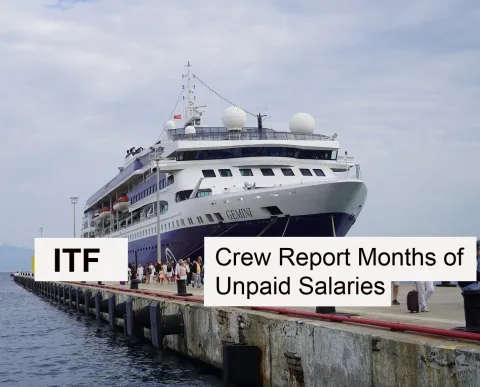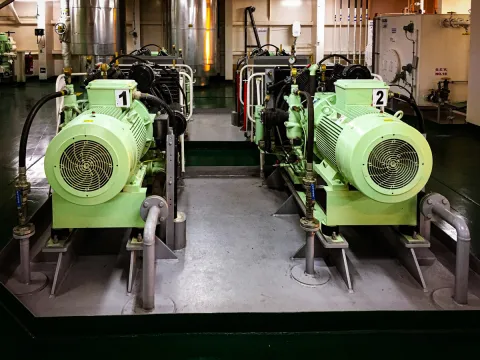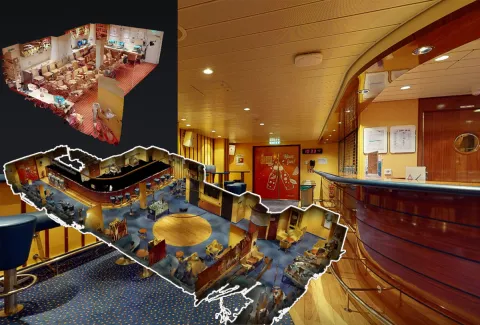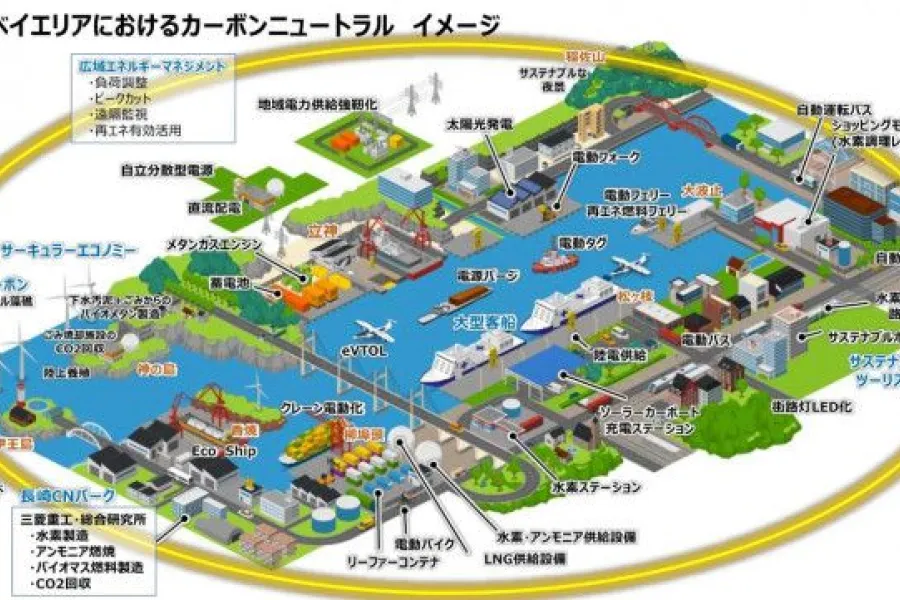
The 27th Nagasaki Summit, brought together leaders from seven organizations representing industry, education, and government to discuss regional revitalization strategies. A key outcome of the summit was a consensus on actively promoting carbon neutrality (CN) at Nagasaki Port to achieve net-zero greenhouse gas emissions.
Masahiro Inada, Director-General of the Port and Harbor Bureau of the Ministry of Land, Infrastructure, Transport, and Tourism (MLIT) delivered a keynote address. He introduced the MLIT's nationwide initiative to develop "Carbon Neutral Ports" and proposed several measures for Nagasaki. These included promoting local production and consumption of renewable energy and establishing facilities to supply liquefied natural gas (LNG) to LNG-fueled ships constructed in Nagasaki. Given the high environmental awareness among cruise operators, Inada suggested that integrating shore power derived from renewable sources could increase port calls.
Inada highlighted that Nagasaki Port's annual carbon dioxide (CO2) emissions of approximately 85,000 tons are significantly lower than ports like Kitakyushu, which exceeds 10 million tons. This positions Nagasaki as a prime candidate for achieving CN. This proposal spurred discussions among local leaders.
Mayor Shiro Suzuki expressed his support for the initiative, emphasizing its necessity for enhancing international competitiveness. Shin Higashi, Representative Secretary of the Nagasaki Economic Federation, called for a framework that allows participation from local small and medium-sized enterprises. Takujirou Mori, Chairman of the Nagasaki Chamber of Commerce and Industry, anticipated that improved facilities could increase cruise ship visits and potentially establish Nagasaki as a home port, boosting educational and corporate visits if recognized as a CN pioneer.
Yuko Baba, Deputy Governor of Nagasaki, representing the prefectural port authority, supported the initiative but noted the need to address issues such as the cost burden on cruise operators. She emphasized the importance of collecting information from leading regions.
Leaders discussed various decarbonization technologies under development, highlighting the growing mandate for shore power in ports across Europe and North America, contrasting it with the nascent stages in Japanese ports like Yokohama and Kobe. Soto saw this as an opportunity for Nagasaki to become a model case for tourist ports, given the high number of port calls, and revealed plans to collaborate with European companies experienced in implementing such measures.





